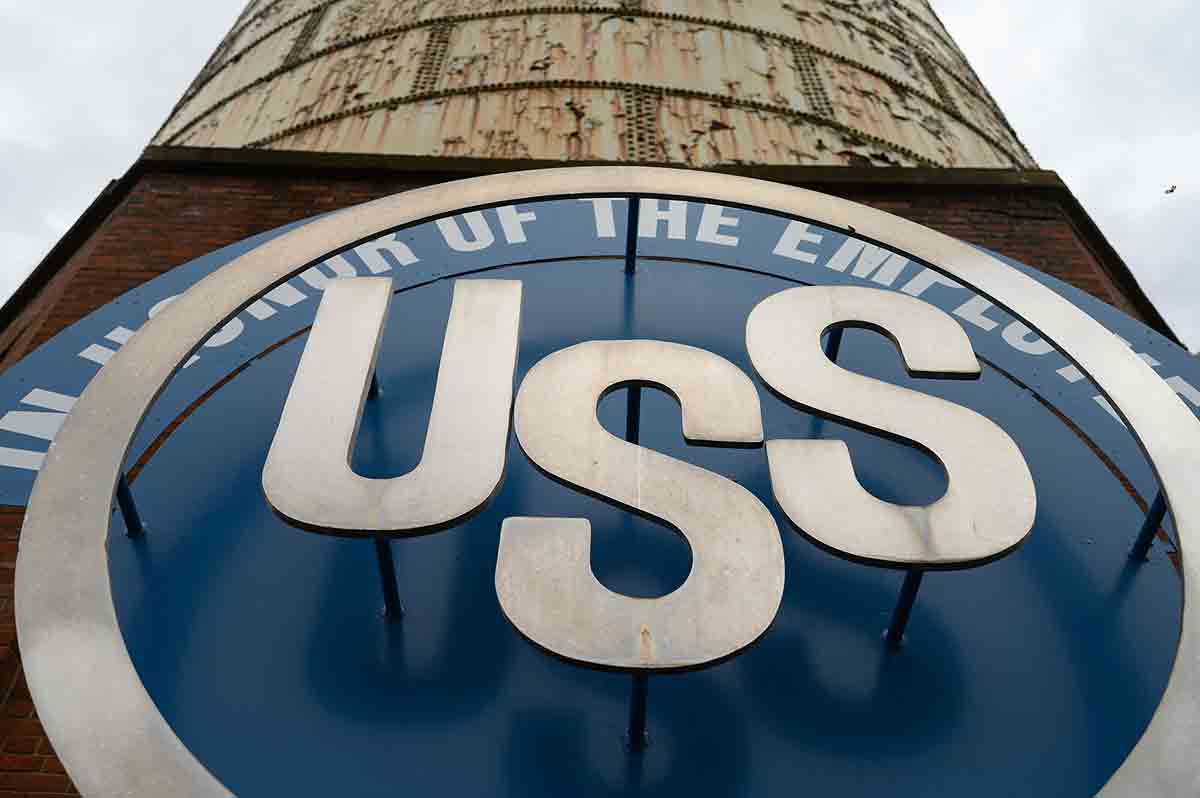The United States steel industry has long been an integral part of the nation’s economic backbone, playing a crucial role in infrastructure development, manufacturing, and overall economic growth. From the early days of industrialization to the present, the US steel sector has weathered various challenges, adapted to changing market dynamics, and remained a symbol of strength and resilience.
Historical Perspective:
The roots of the US steel industry trace back to the late 19th century when visionaries like Andrew Carnegie revolutionized steel production with the introduction of the Bessemer process. This innovation marked the beginning of a transformative era, propelling the United States into an industrial powerhouse. Carnegie Steel, later merged into the United States Steel Corporation (U.S. Steel) in 1901, became the world’s first billion-dollar corporation and a key player in shaping the nation’s skyline.
Evolution of Technology:
Over the decades, technological advancements have been at the forefront of the US steel industry’s evolution. The shift from traditional open-hearth furnaces to more efficient basic oxygen and electric arc furnaces has increased productivity and reduced environmental impact. Continuous casting, modern rolling mills, and precision manufacturing techniques have further enhanced the quality of steel products, allowing the industry to meet diverse demands.
Market Dynamics and Global Competition:
The US steel industry operates in a dynamic global market influenced by factors such as trade policies, raw material costs, and geopolitical events. Competition from international players, particularly from emerging economies, has led to challenges for domestic steel producers. Adapting to these market dynamics, the industry has implemented strategies to enhance competitiveness, such as investing in advanced technologies, improving operational efficiency, and diversifying product portfolios.
Impact on Employment and Communities:
The US steel industry has historically been a significant source of employment, supporting millions of jobs directly and indirectly. Steel mills and related businesses are often integral parts of local communities, contributing to economic development and providing livelihoods for families. However, the industry’s cyclical nature and technological advancements have led to fluctuations in employment, posing challenges for both workers and the communities dependent on steel production.
Environmental Sustainability:
In recent years, the US steel industry has made strides in addressing environmental concerns. Sustainable practices, energy efficiency initiatives, and recycling efforts have become central to the industry’s commitment to reducing its carbon footprint. Advances in clean steelmaking technologies and the use of recycled scrap have contributed to a more environmentally responsible approach, aligning with global efforts to combat climate change.
Trade Policies and Tariffs:
Trade policies and tariffs have played a significant role in shaping the US steel industry’s landscape. Trade tensions, particularly with major steel-producing nations, have prompted the implementation of tariffs to protect domestic producers. These measures aim to ensure fair competition and safeguard national security interests. However, they have also sparked debates about the broader economic impact and potential repercussions in international trade relations.
Challenges and Opportunities:
The US steel industry faces an array of challenges, including volatile raw material prices, global overcapacity, and the need for continuous innovation. However, these challenges also present opportunities for growth and resilience. Investing in research and development, fostering collaborations, and embracing sustainable practices are key strategies that can position the industry for long-term success.
Outlook and Future Prospects:
As the United States strives for economic recovery and sustainable development, the steel industry remains a vital player in shaping the nation’s future. The sector’s ability to adapt to changing market dynamics, embrace technological advancements, and prioritize environmental sustainability will be crucial in determining its role in the evolving global landscape.
Conclusion:
The US steel industry, with its rich history and enduring legacy, stands as a testament to the nation’s industrial prowess. From the fiery furnaces of the past to the advanced technologies of the present, the industry has demonstrated resilience and adaptability. As it navigates the complexities of the modern economy, the US steel sector continues to forge ahead, playing a pivotal role in building the foundations of a robust and sustainable future.

